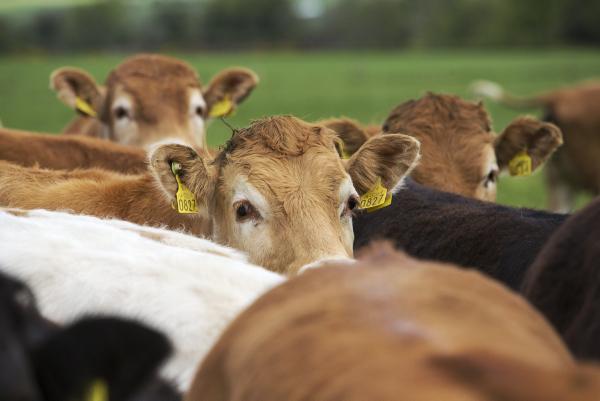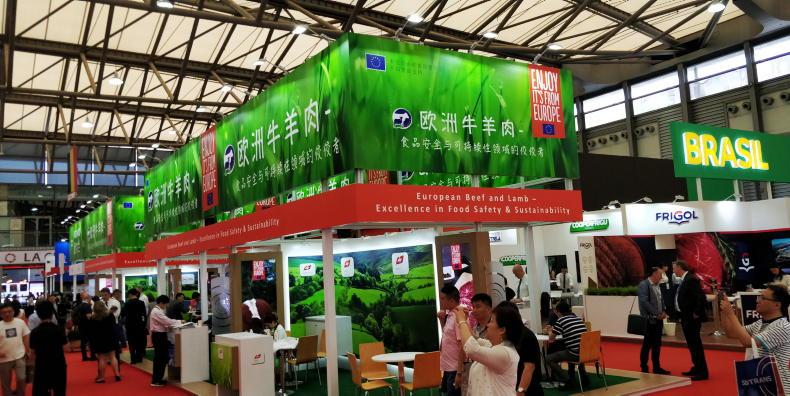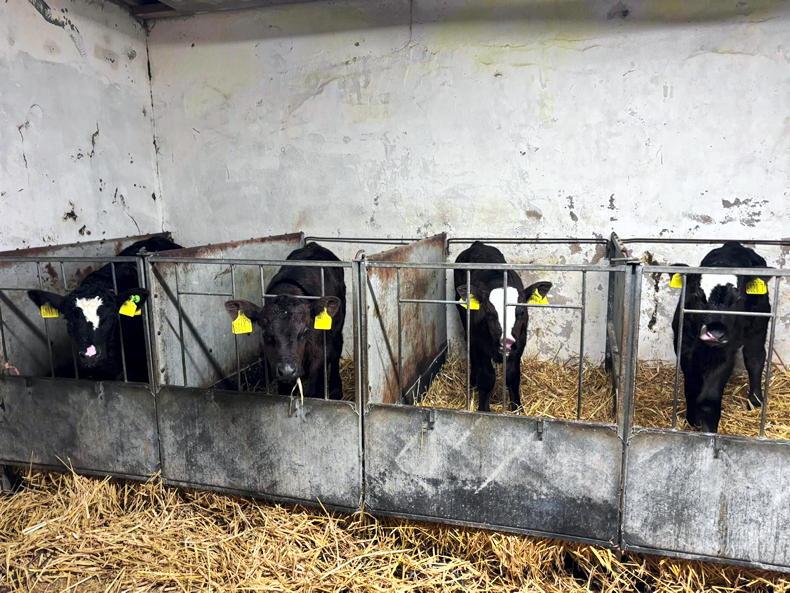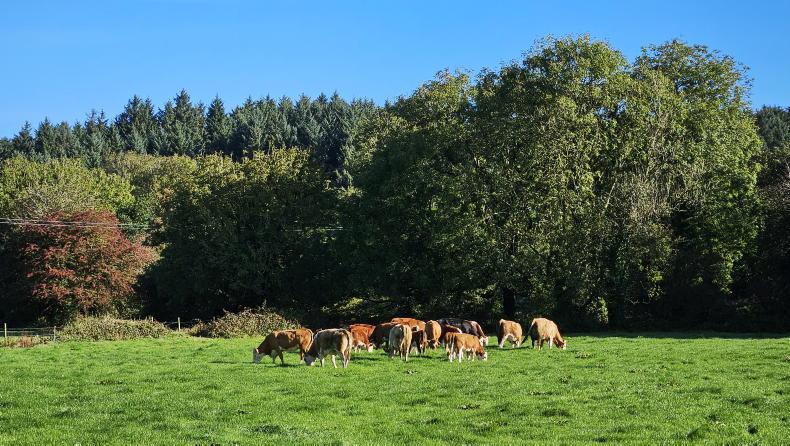Twenty years ago this week Irish farmers faced into a nightmare far greater than poor prices or any of the IFA’s troubles. I remember well the day it was suggested in the UK that there could be a connection between BSE and a human brain disease. I had cattle booked into the AIBP plant in Bandon for the following morning. I considered myself lucky to have my booking - price would obviously fall in this situation. What transpired was much worse.
The lairage had a pall of gloom, with farmers and employees acting as though at a wake.
The lairage had a pall of gloom, with farmers and employees acting as though at a wake. It was 80 years after the rising, but globally we were seen as next door to Britain and the international markets had effectively closed for Irish beef.
BSE had been developing in cattle for a few years as a result of reducing the temperature during the rendering process of meat and bone meal. I hate to see animals suffering, but to think this disease could also cause humans to suffer would be dreadful. Human health is one place where the precautionary principle has to apply. However, those making sweeping announcements need to be careful not to cause panic socially or in a market. In the 1980s, it was Edwina Curry talking about salmonella in eggs, while more recently it was cucumbers being blamed for an E.coli outbreak that actually came from beansprouts.
Public suspicion
In 1996, my plans were centred around getting married and taking over the family farm the following year. Quota was limiting cow numbers and I was starting to expand a cattle finishing business. The pressure was immense; financially and emotionally. The few farmers whose herds were affected had been talked about in hushed tones. They weren’t blamed for causing the problem, but there was public suspicion due to the lack of information. The mood turned to jealousy as they were being compensated, while the rest of us were stuck with then-worthless stock.
It took a month for any real movement in markets. Controls were introduced to exclude certain organs and tissues called specific risk material. Younger readers may not realise, but for a while that included any bovine aged over 36 months. Seeing perfectly healthy-looking carcases being stained blue took a lot out of farmers and also the factory employees.
The key is to learn and move on. Traceability controls on feed allowed a quick resolution to the dioxin scare in pigs. Modern communications mean information flows to farmers and consumers, making for quicker reactions and understanding.
Ireland, the food island, has weathered the storms and is better set now to deal with whatever might come in the future.
I’ve been away for a bit! I didn’t feel comfortable writing my personal opinions in the Irish Farmers Journal while campaigning and directly involved in the IFA electoral process. Voting is about to start in branches across the country for the higher positions, so I’ll leave my comments for another article.
Read more
Special feature: BSE 20 years on
Twenty years ago this week Irish farmers faced into a nightmare far greater than poor prices or any of the IFA’s troubles. I remember well the day it was suggested in the UK that there could be a connection between BSE and a human brain disease. I had cattle booked into the AIBP plant in Bandon for the following morning. I considered myself lucky to have my booking - price would obviously fall in this situation. What transpired was much worse.
The lairage had a pall of gloom, with farmers and employees acting as though at a wake.
The lairage had a pall of gloom, with farmers and employees acting as though at a wake. It was 80 years after the rising, but globally we were seen as next door to Britain and the international markets had effectively closed for Irish beef.
BSE had been developing in cattle for a few years as a result of reducing the temperature during the rendering process of meat and bone meal. I hate to see animals suffering, but to think this disease could also cause humans to suffer would be dreadful. Human health is one place where the precautionary principle has to apply. However, those making sweeping announcements need to be careful not to cause panic socially or in a market. In the 1980s, it was Edwina Curry talking about salmonella in eggs, while more recently it was cucumbers being blamed for an E.coli outbreak that actually came from beansprouts.
Public suspicion
In 1996, my plans were centred around getting married and taking over the family farm the following year. Quota was limiting cow numbers and I was starting to expand a cattle finishing business. The pressure was immense; financially and emotionally. The few farmers whose herds were affected had been talked about in hushed tones. They weren’t blamed for causing the problem, but there was public suspicion due to the lack of information. The mood turned to jealousy as they were being compensated, while the rest of us were stuck with then-worthless stock.
It took a month for any real movement in markets. Controls were introduced to exclude certain organs and tissues called specific risk material. Younger readers may not realise, but for a while that included any bovine aged over 36 months. Seeing perfectly healthy-looking carcases being stained blue took a lot out of farmers and also the factory employees.
The key is to learn and move on. Traceability controls on feed allowed a quick resolution to the dioxin scare in pigs. Modern communications mean information flows to farmers and consumers, making for quicker reactions and understanding.
Ireland, the food island, has weathered the storms and is better set now to deal with whatever might come in the future.
I’ve been away for a bit! I didn’t feel comfortable writing my personal opinions in the Irish Farmers Journal while campaigning and directly involved in the IFA electoral process. Voting is about to start in branches across the country for the higher positions, so I’ll leave my comments for another article.
Read more
Special feature: BSE 20 years on









SHARING OPTIONS